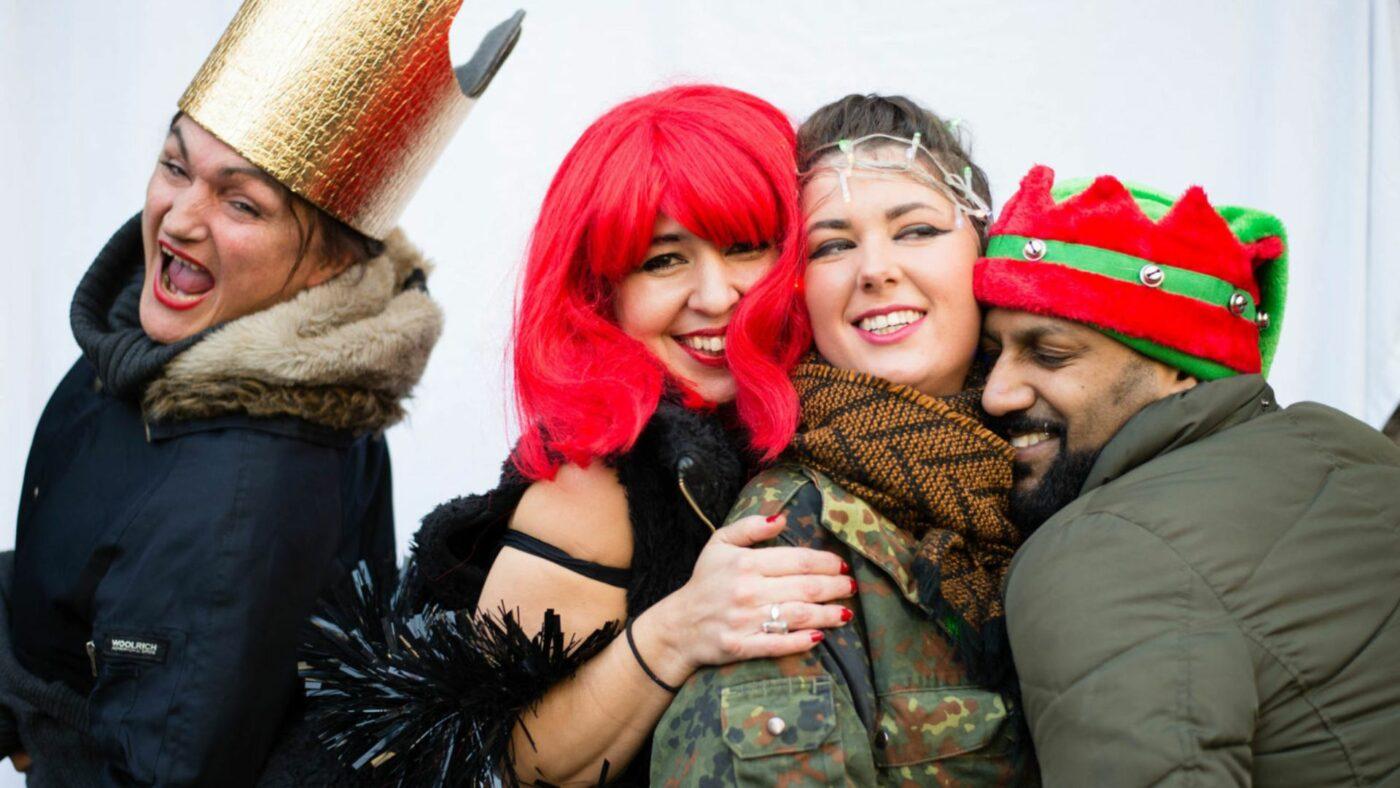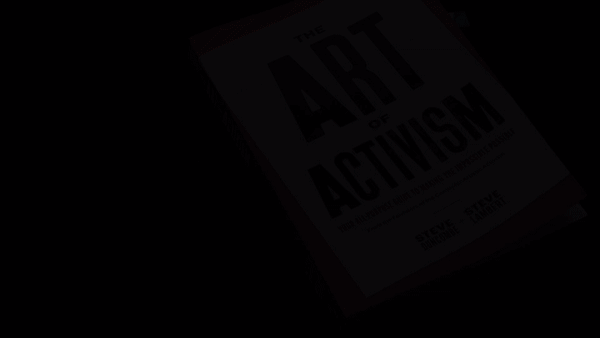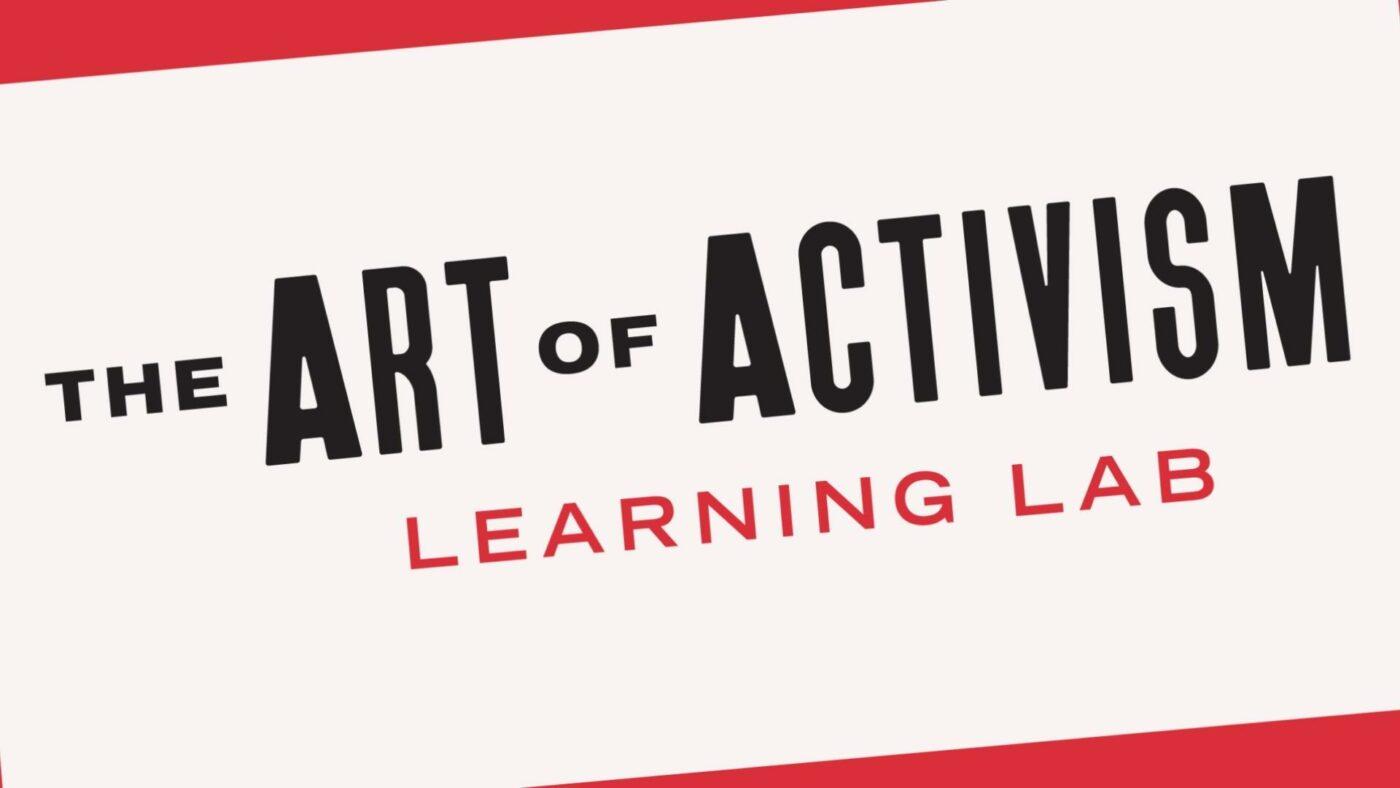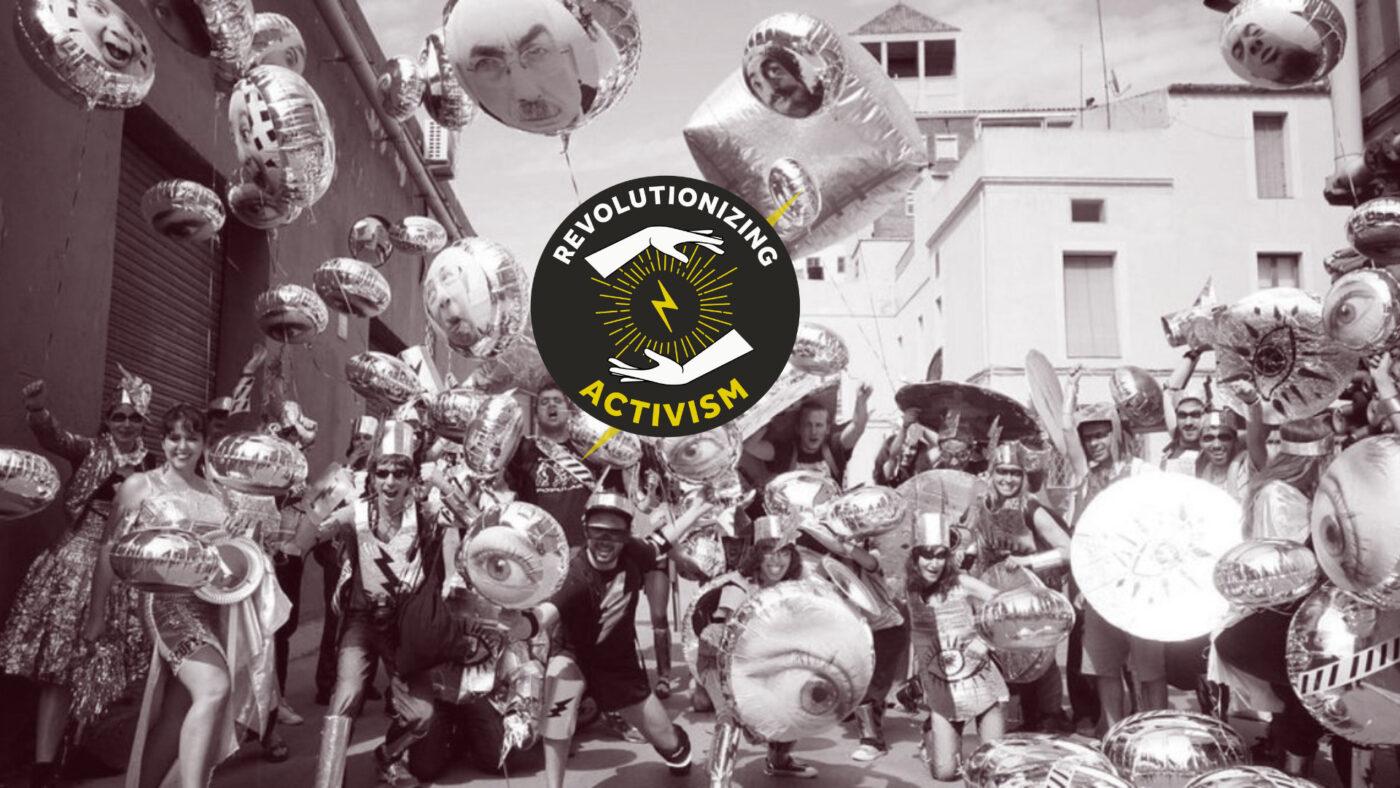Thurs. August 25, 12pm EST
Paata Sabelashvili
Jay Jordan
Kate Kelly
PARTIES
Learn how parties can bring the powerful to their knees.
Steve Lambert, Center for Artistic Activism Co-Founder and Artistic Director leads Jay Jordan (Reclaim the Streets), Kate Kelly (Shout Your Abortion), and Paata Sabelashvili (Raveolution) in a conversation about their participation in social movements that used parties as a site of protest. Watch as they dig into why parties work, and how they can promote freedom of expression and community while cutting through the tension.
Featured Panelists
Jay Jordan (Reclaim the Streets, Laboratory of Insurrectionary Imagination)
Kate Kelly (Shout Your Abortion)
Paata Sabelashvili (White Noise Movement, Raveolution)
References
Last Dance by Peter van Langen — Peter van Langen’s thorough research explores the dance floor as a site of resistance, particularly for queer communities.
Additional Resources
READ
WATCH
DISCOVER
PRACTICE
STIRRING UP EMOTIONS
If you’re looking for additional ways to help you explore creative activism and need direction to figure out where to begin, we have a simple question to help you get started: how do want people to feel when they join you in your movement? Here’s a list of possible emotions that might motivate your audiences:

1) Write down the emotions you want people to feel.
2) Now think about the last time you felt those ways, and try to get specific with where you were in space and time. Maybe you felt pure joy when you ate amazing food you cooked yourself. Or hope when you heard a story about a successful protest on the other side of the world.
3. Now write a short narrative about your experience of these emotions.
When you’re finished writing, take a look at what you’ve written and think about how you can use any of those experiences to formulate the experience you want to create for others.
LESSONS FROM POP CULTURE
In our Artistic Activism trainings, we love to take participants on pop culture outings. For example, we’ve taken them to a big league baseball game, a musical on stage, and a casino. We’ve played paintball, watched soap operas, got manicures, and much more. What does this have to do with helping people practice creative activism, you might ask? We use these outings as research, and afterwards, deconstruct why they’re popular. What is it about paintball that made us all feel bonded? Why do soap operas make us cry and laugh? How do the casinos get us to keep playing long after we want to quit?
We invite you to try this:
1) Find something that you know is popular among the kinds of people you’d love to reach. But it should be something you haven’t done, or haven’t done much of. It could be anything from spending an hour on TikTok to shopping at a mall. Do it with a friend!
2) Ask yourselves: why do people spend time and money doing this? What needs does it fill? What are the feelings this evokes? How can our advocacy events serve those same needs?
There is more!
Partner with Us

The Center for Artistic Activism trains and advises organizations, artists, and activists to help them increase their efficacy and impact. Get in touch to partner with us!
The Art of Activism Book

Want more lessons, insights, and research from decades of our work? You can order The Art of Activism: Your All-Purpose Guide to Making the Impossible Possible.
Learning Labs

Like what you saw? Want to learn more about creative activism and ow these principles can be applied? Join a Center for Artistic activism Learning Lab.




You must be logged in to post a comment.